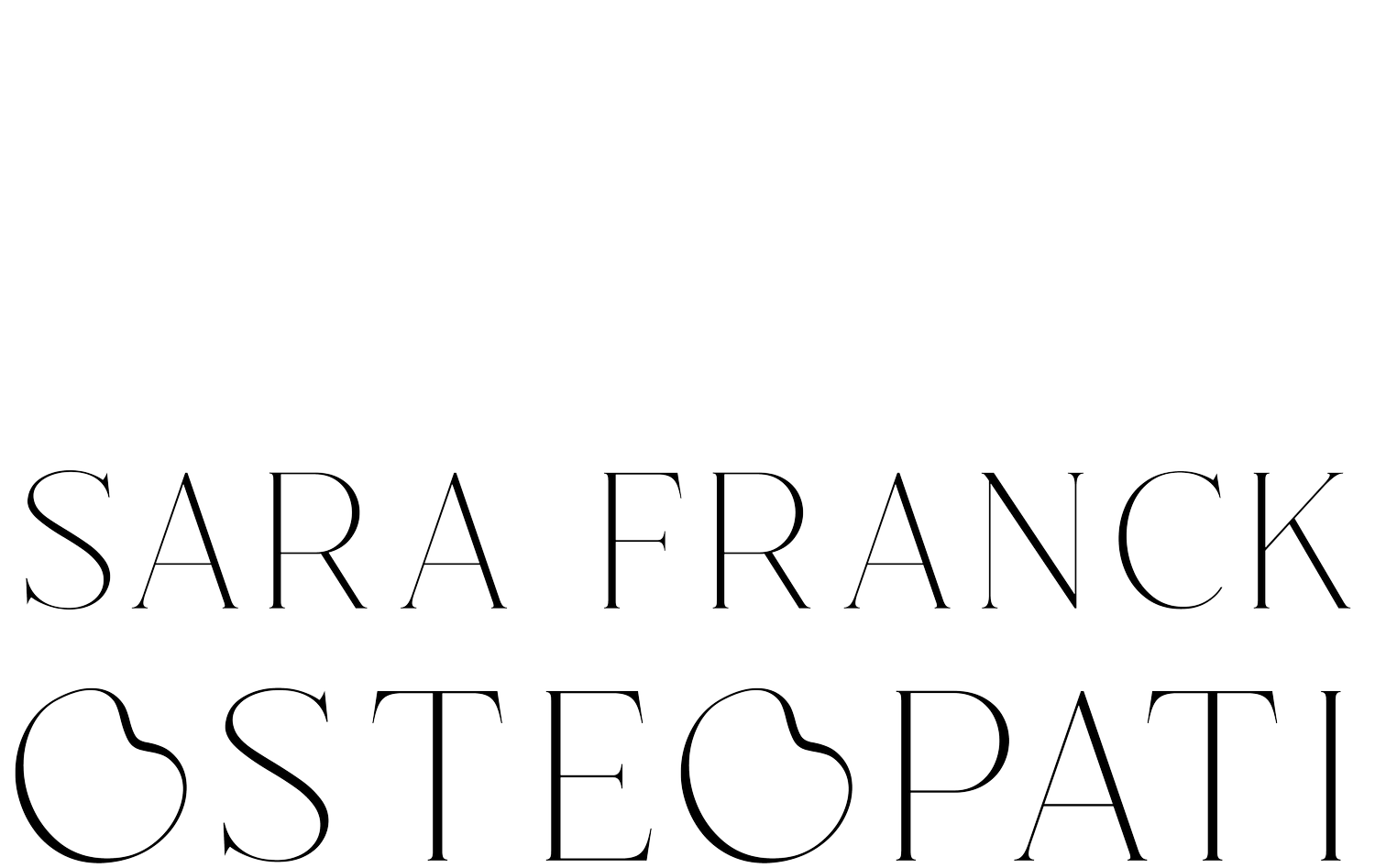About Osteopathy
Osteopathy is an independent healthcare discipline that uses manual techniques, which means the hands are used as tools to examine, diagnose and treat. Osteopathy takes into account all aspects of health and the principle that the body's various systems are connected and influence one another. This means that the osteopath can provide different advice and support regarding lifestyle in order to find a balance between stress and recovery. Each treatment is individually tailored and the goal is to support the body's self-healing and self-regulating ability. Osteopathy is regulated in many countries around the world, including all nordic countries except Sweden. However, membership in Svenska Osteopatförbundet, which is a nationwide professional association for osteopaths and osteopath students, is a guarantee that an osteopath has adequate training in Sweden. The osteopathic practice is based on current scientific knowledge.
For whom
Usually people seek an osteopath for various musculoskeletal problems, for example acute complaints such as sports injuries or long-term pain caused by work-related stress and overload. Common complaints include: back and neck problems; joint pain; numbness or tingling in the arms or legs; headaches; dizziness; breathing and digestive problems; and premenstrual and pregnancy-related pain. Some people seek help as a preventative method or to better understand their body. People of all ages can be helped via osteopathy, but in Sweden the treatment of children under the age of eight is prohibited.
First visit
The first visit begins with the osteopath taking a detailed case history of the patient, with a focus on the current problem. This also includes taking a medical history and a discussion of general health, so that the osteopath can get a broad picture to be able to help the patient in the best possible way. This can include questions regarding physical, emotional and psychological factors, but remember that you are under no obligation to share more than you are comfortable with. A thorough physical examination is then carried out, which may consist of posture and movement analysis, neurological, orthopaedic and systemic examination as well as specific tissue palpation. To be able to do a proper examination you will be asked to remove some clothing. Finally, conversation and examination lead to a diagnosis and treatment is started in consultation with the patient unless it is judged that the patient should be referred for further examination or to another healthcare provider.
Treatment
The treatment may consist of a combination of manual techniques. Some techniques are more direct, such as joint mobilisation, where the osteopath moves a joint in different directions of movement to improve joint function and stimulate circulation. Another example is joint manipulation, a technique involving high-velocity, low-amplitude thrusts to the joint to relieve pressure and pain in order to help restore mobility. Other techniques are more indirect, such as positioning techniques where a joint is taken into a certain position to provide a reflexive relaxation in the surrounding tissues. The treatment may also include soft tissue and stretching techniques. Before the visit is over, a care plan is usually made where rehabilitation and various lifestyle advice are common elements.
Booking
Clinic hours:
Monday – Friday 09.00 – 18.00
Book now
Contact
info@sarafranckosteopati.com
070-654 42 53
Instagram Facebook LinkedIn




